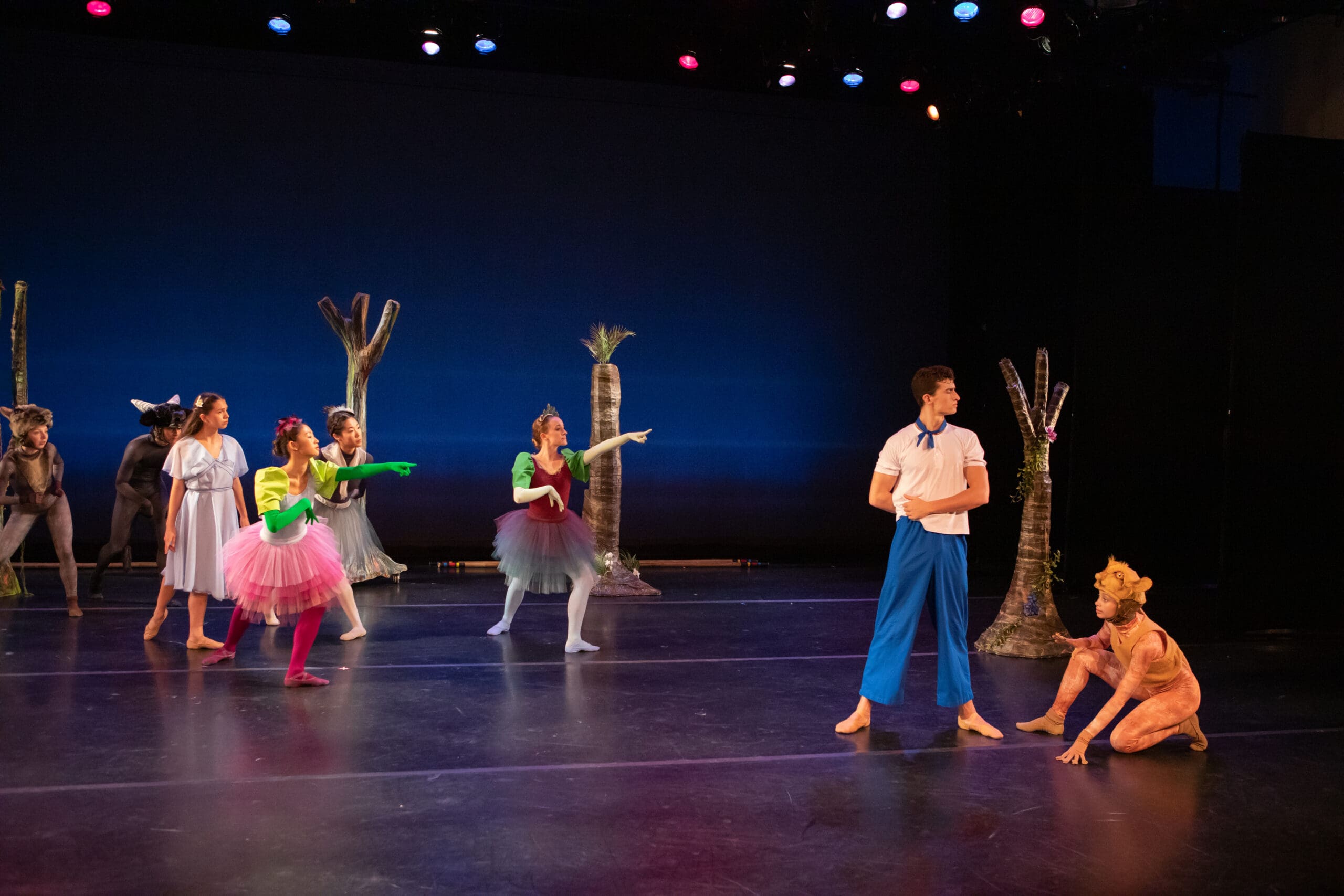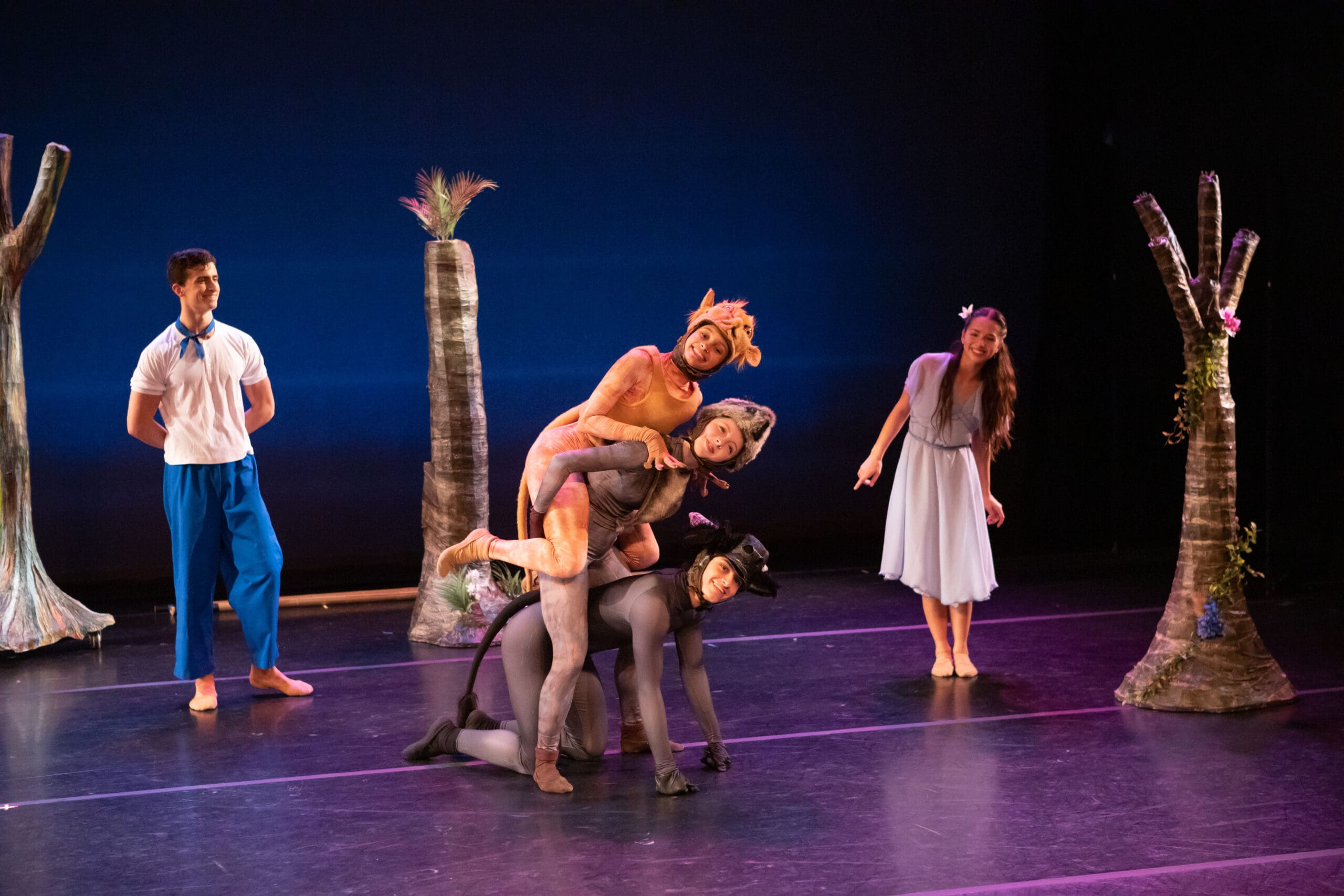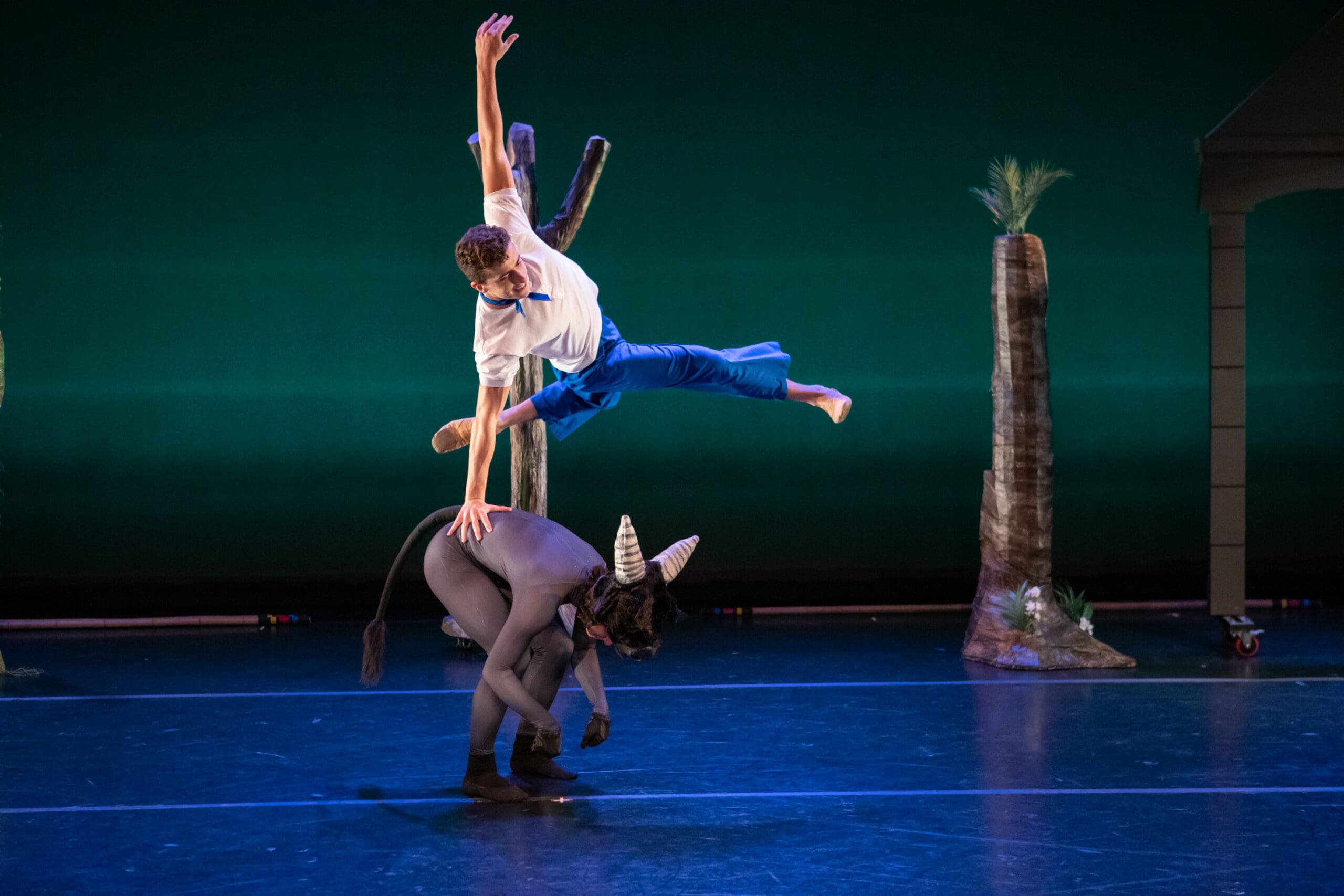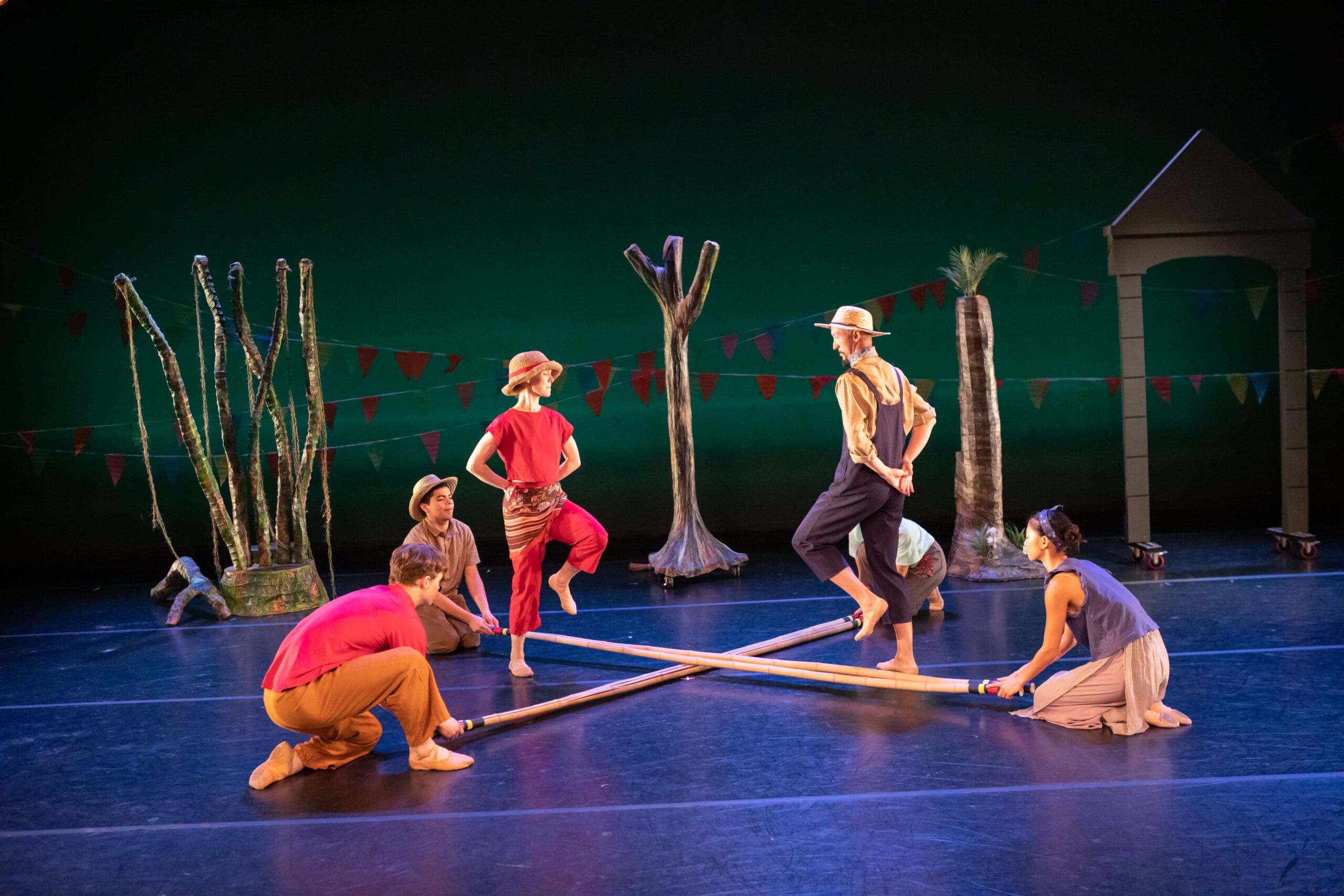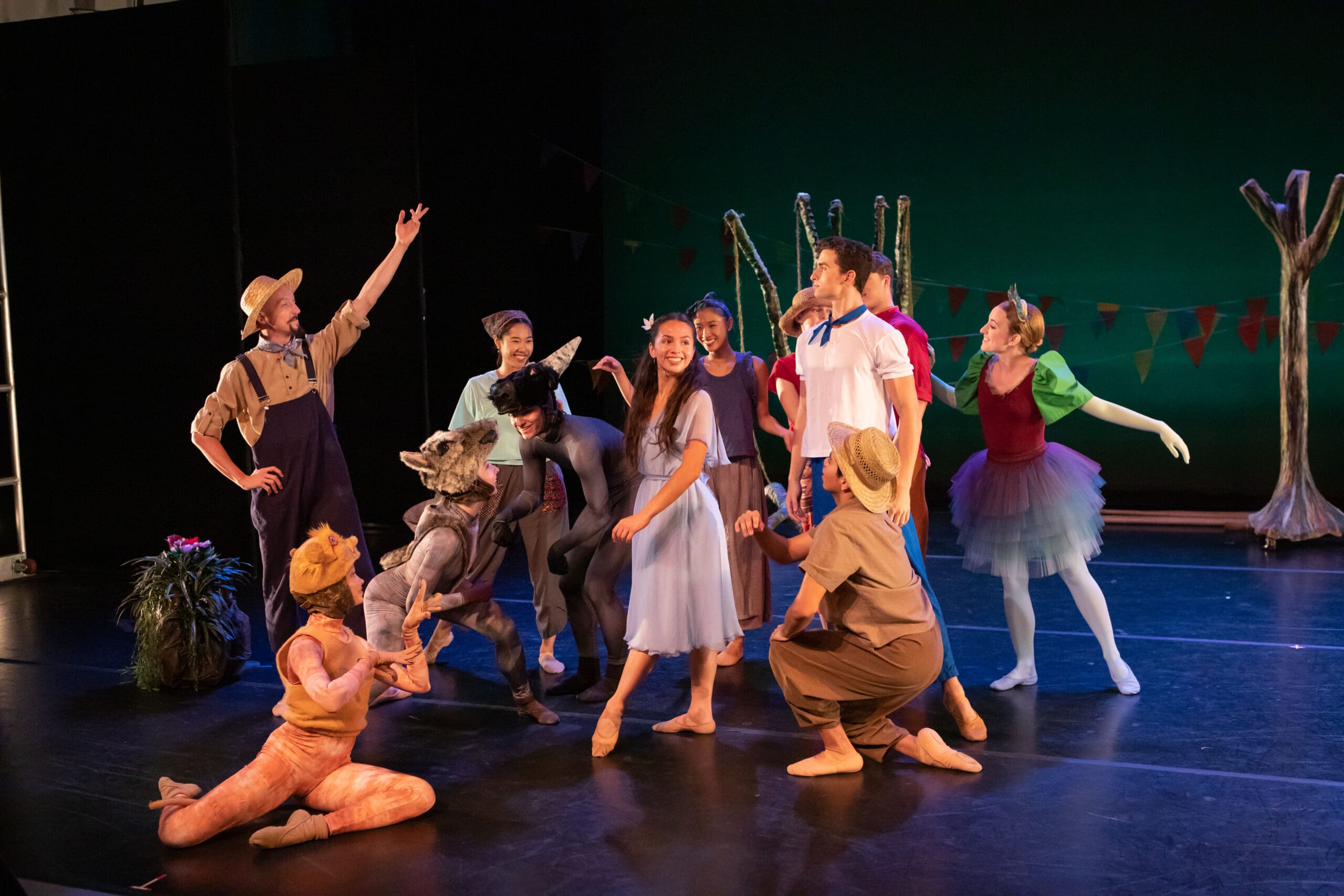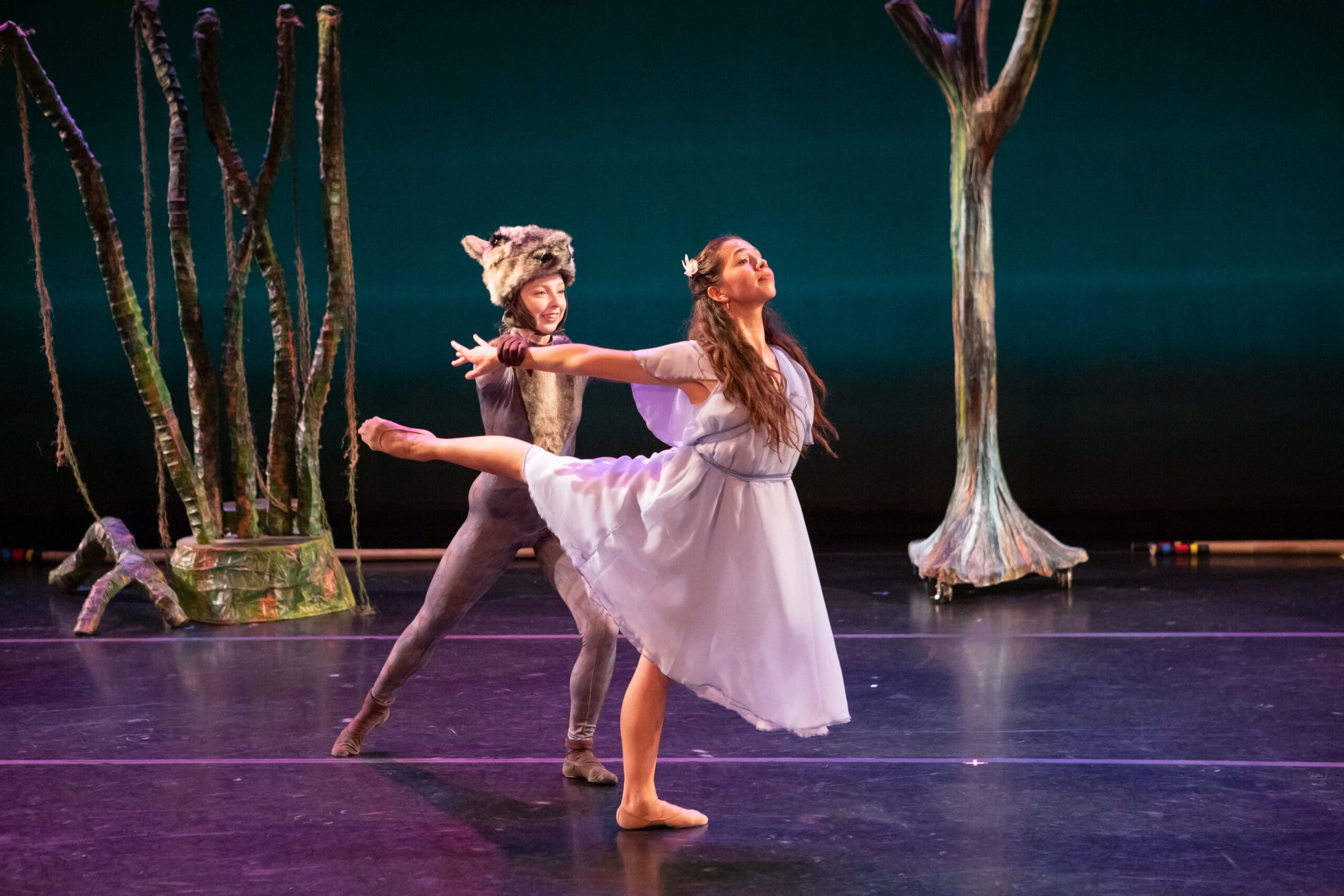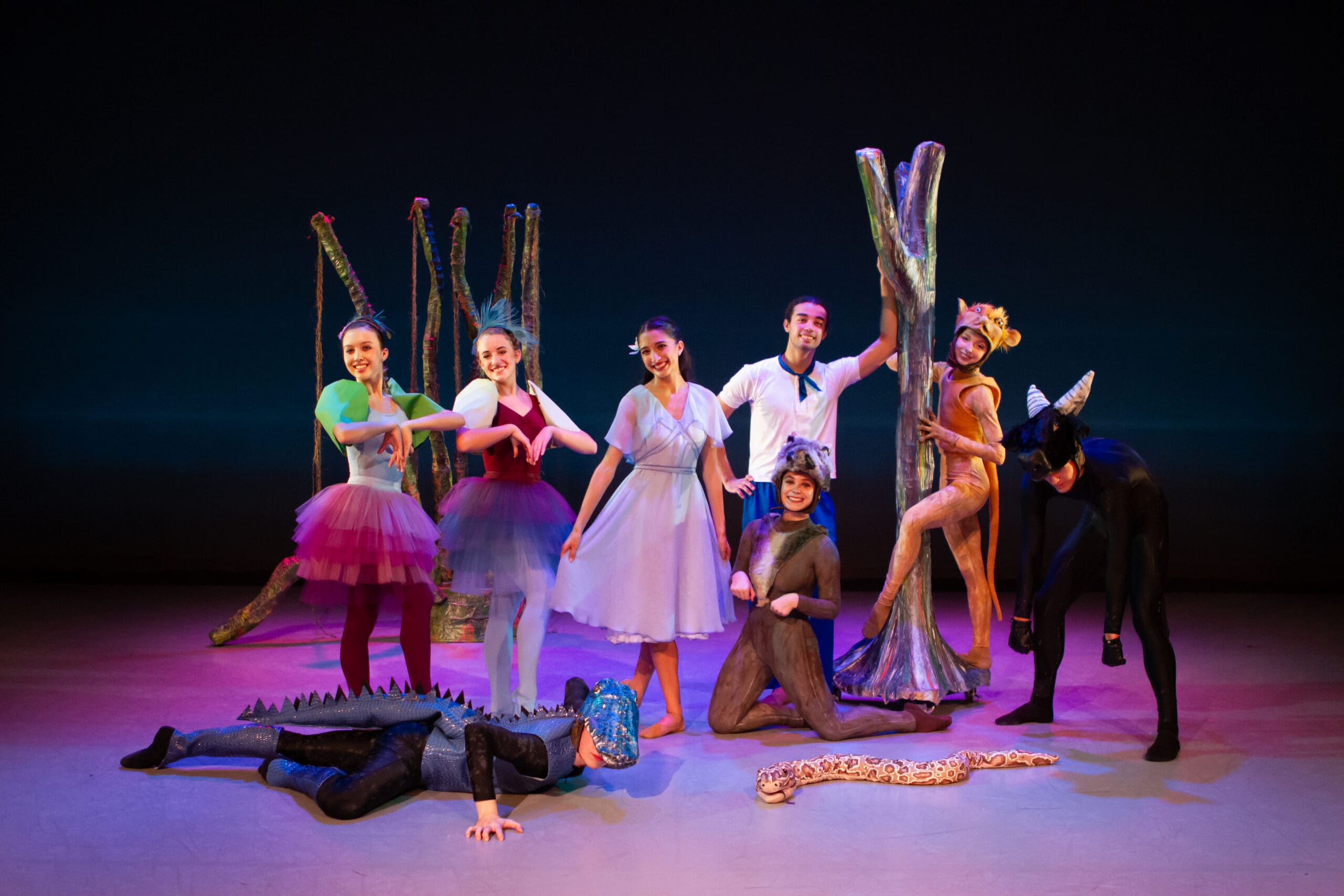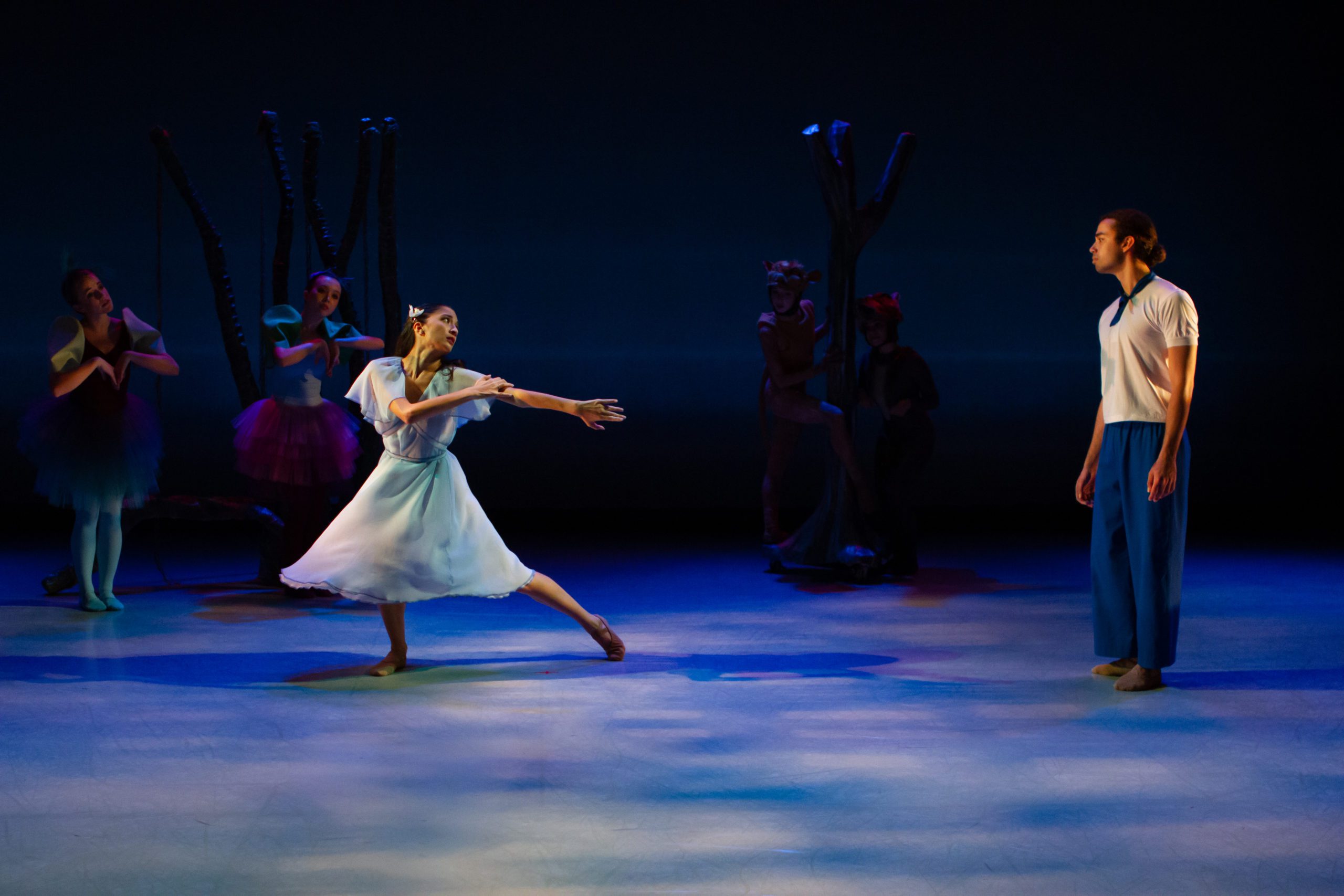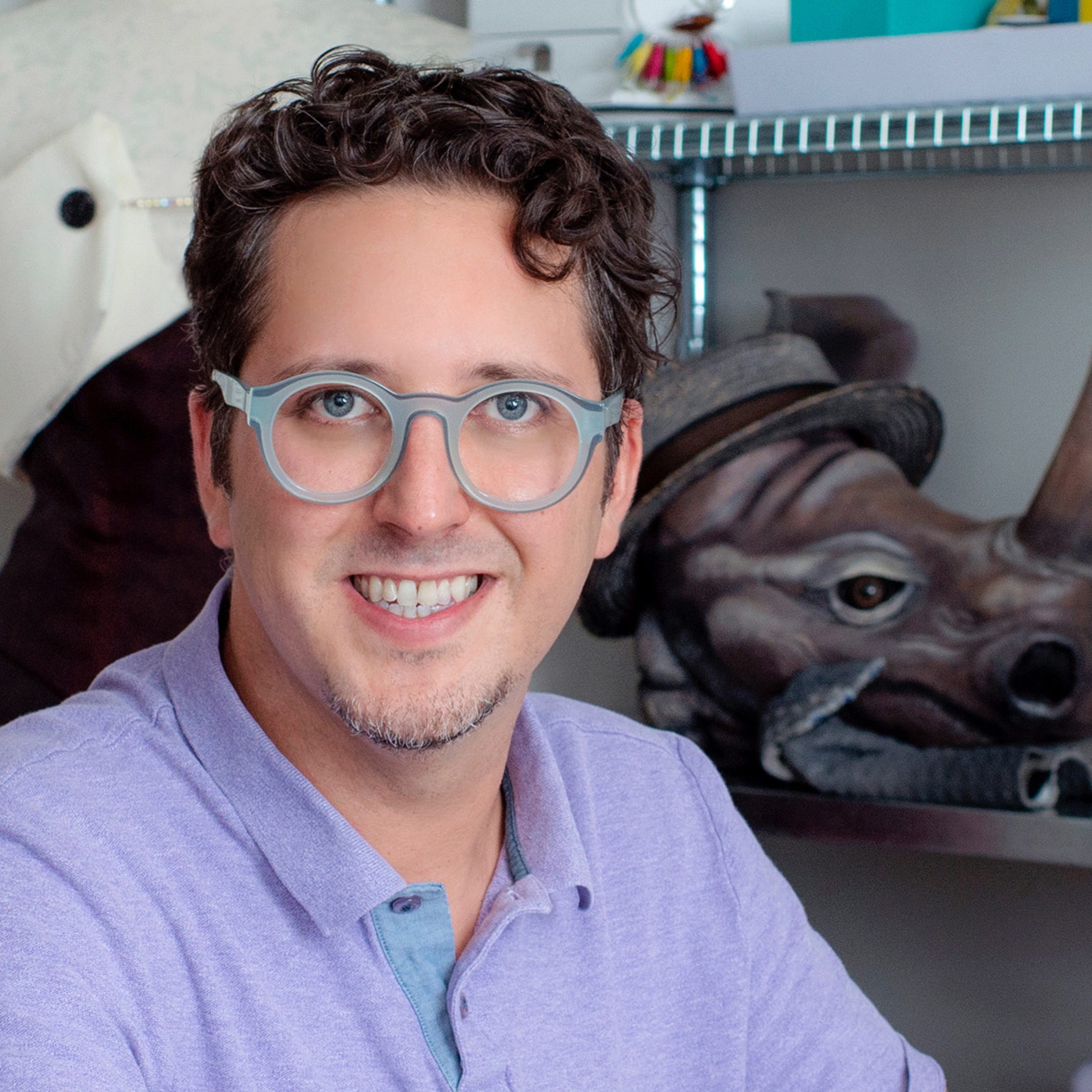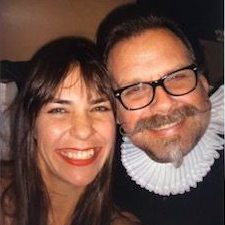
Maria and the Mouse Deer
A Whimsical Earth-Saving Adventure with Animal Friends from the Philippines
Featuring – Ballet Austin TWO
Concept & Choreography – Alexa Capareda
Music – Traditional Philippine Folk Music
Maria and the Mouse Deer is a whimsical adaptation of the Philippine folk tales of Maria ‘fairy of the mountain’ and the clever Mouse Deer.
Set to traditional Philippine folk music, the colorful short story ballet celebrates the different species of Southeast Asia and the beauty of caring for the earth and all its creatures.
Follow gentle and strong Maria, the nimble Mouse Deer, the quirky little Tarsier, vibrant birds and other animal friends as they protect each other and their environment.
Saturday, October 11 at 2:00 p.m.
Saturday, October 11 at 4:30 p.m.
Sunday, October 12 at 2:00 p.m.
Sunday, October 12 at 4:30 p.m.
Saturday, October 18 at 2:00 p.m.
Saturday, October 18 at 4:30 p.m.
Sunday, October 19 at 2:00 p.m.
Sunday, October 19 at 4:30 p.m.
EXPLORE MORE ABOUT THIS PRODUCTION
From cast lists to behind-the-scenes photos, use the tabs below to learn more.
VIDEO GALLERY
PHOTO GALLERY
Photos by Anne Marie Bloodgood
Graceful Maria Makiling (mah-kee-ling) is the diwata (dee-wah-tah) or fairy of the forest. She is known to have a good heart – tending to trees, making flowers bloom, and caring for all animals like colorful birds, big-eyed tarsiers (tahr-see-ers), slithering snakes, and nimble mouse deer.
Maria’s work of looking after the forest became harder with loggers, miners, and poachers (those who capture and harm animals) causing much damage. Maria’s animal friends lost their habitats to deforestation (the removal of forests by humans) and became sick from pollution, and the changing climate brought more typhoons and extreme weather events. Pilandok (pee-lahn-dok), the clever mouse deer, notes Maria’s weakening powers and suggests they venture into the town to persuade people to take better care of the environment.
Meanwhile, Juan, the zookeeper’s nephew, cares for his tamaraw (tah-mah-rau; water buffalo). Juan’s uncle assigns him the task of hunting for and bringing back a rare creature, the tarsier, from deep in the forest.
Maria and Pilandok (the mouse deer), accompanied by birds, a tarsier, and a snake, are journeying through the forest when a heavy storm strikes and they become separated.
Also disoriented by the storm, Juan loses track of his tamaraw. Wandering around, he glimpses the tarsier, lost and alone. Remembering his uncle’s orders, Juan sneaks up behind the tarsier and traps it. Flying high overhead, Maria’s bird friends witness this.
Juan’s tamaraw ends up near a riverbank. A crocodile, pinned down by a heavy log, asks the tamaraw to help remove it. Once freed from the log, the hungry crocodile’s instincts take over and he bites the tamaraw’s leg. Luckily, Maria and Pilandok happen upon them. Pilandok tricks the crocodile into letting the tamaraw go and helping them cross the river. They successfully cross the river on the crocodile’s back, but the crocodile threatens to attack them again. Thinking fast, Pilandok offers the crocodile a “special magic belt” (which is really Pilandok and Maria’s friend the snake!). The snake binds the crocodile while Maria and Pilandok take the tamaraw to safety.
The birds fly over and tell Maria and Pilandok that Juan captured their tarsier friend. With the birds leading the way, they find Juan, who is overjoyed to see his tamaraw. Maria asks Juan to release the tarsier, explaining that tarsiers are important to the environment and are becoming endangered. She also tells him of the harm that humans are causing. Realizing his misdeed, Juan frees the tarsier and leads Maria and her animal friends into the town. They convince the townspeople to save natural resources and protect the environment. Maria, at peace, transforms herself into a mountain, a constant reminder for people to care.
Maria and the Mouse Deer uses traditional ethnic music from the Philippines. Music is integral to Filipino culture and its many rhythms and sounds help animate the characters in this production. Keep an ear out for these instruments and their sounds.
kulintang (coo-leen-tuhng) – bronze gongs
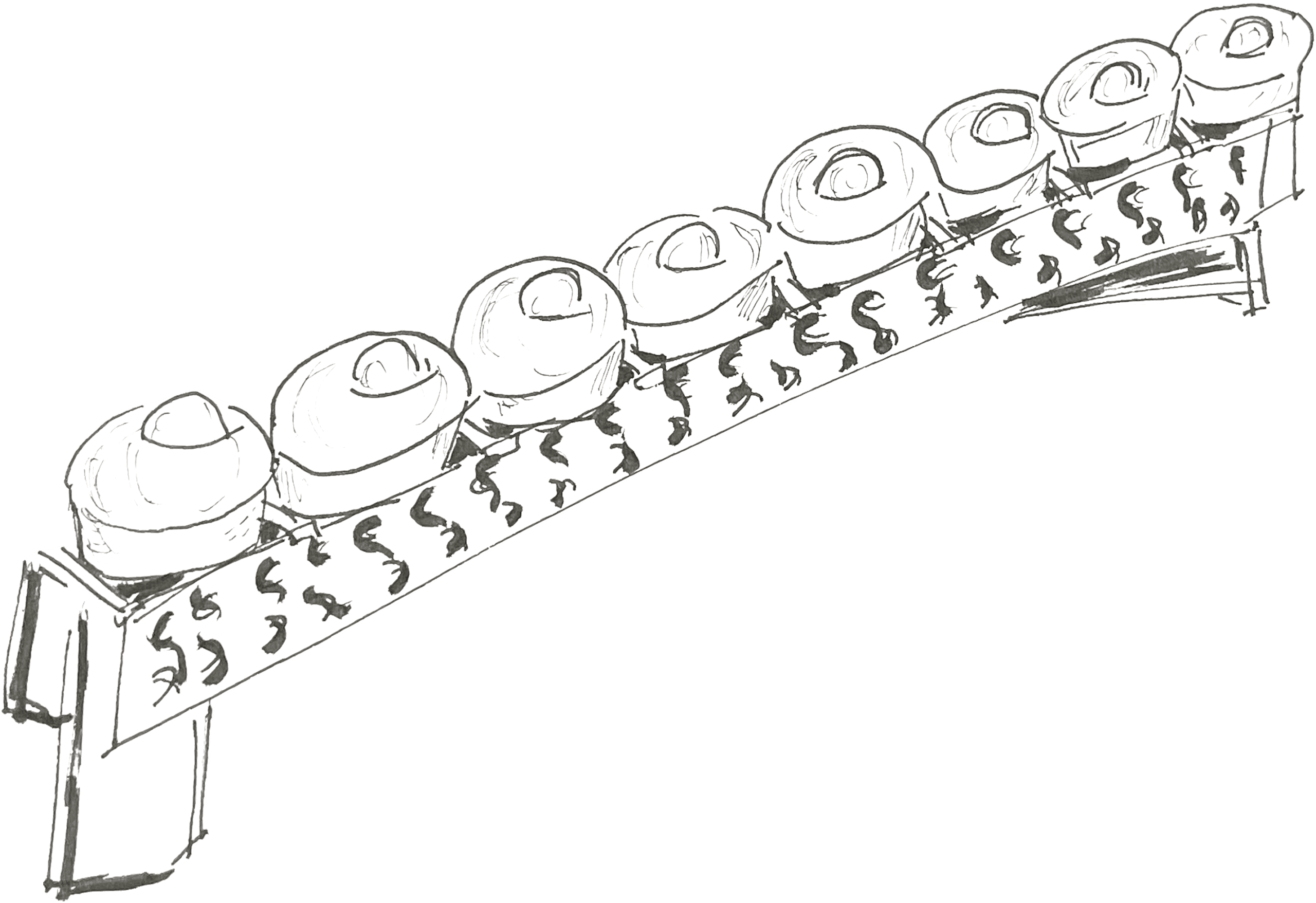
Also common in other Southeast Asian countries like Indonesia, Malaysia, and Brunei, the kulintang is a traditional Filipino instrument composed of eight bronze gongs sitting in a row, each with different pitches. Each gong is knobbed at the centre and is perched across two cords, allowing them to resonate freely when struck.
kubing (coo-bing) – jaw harp
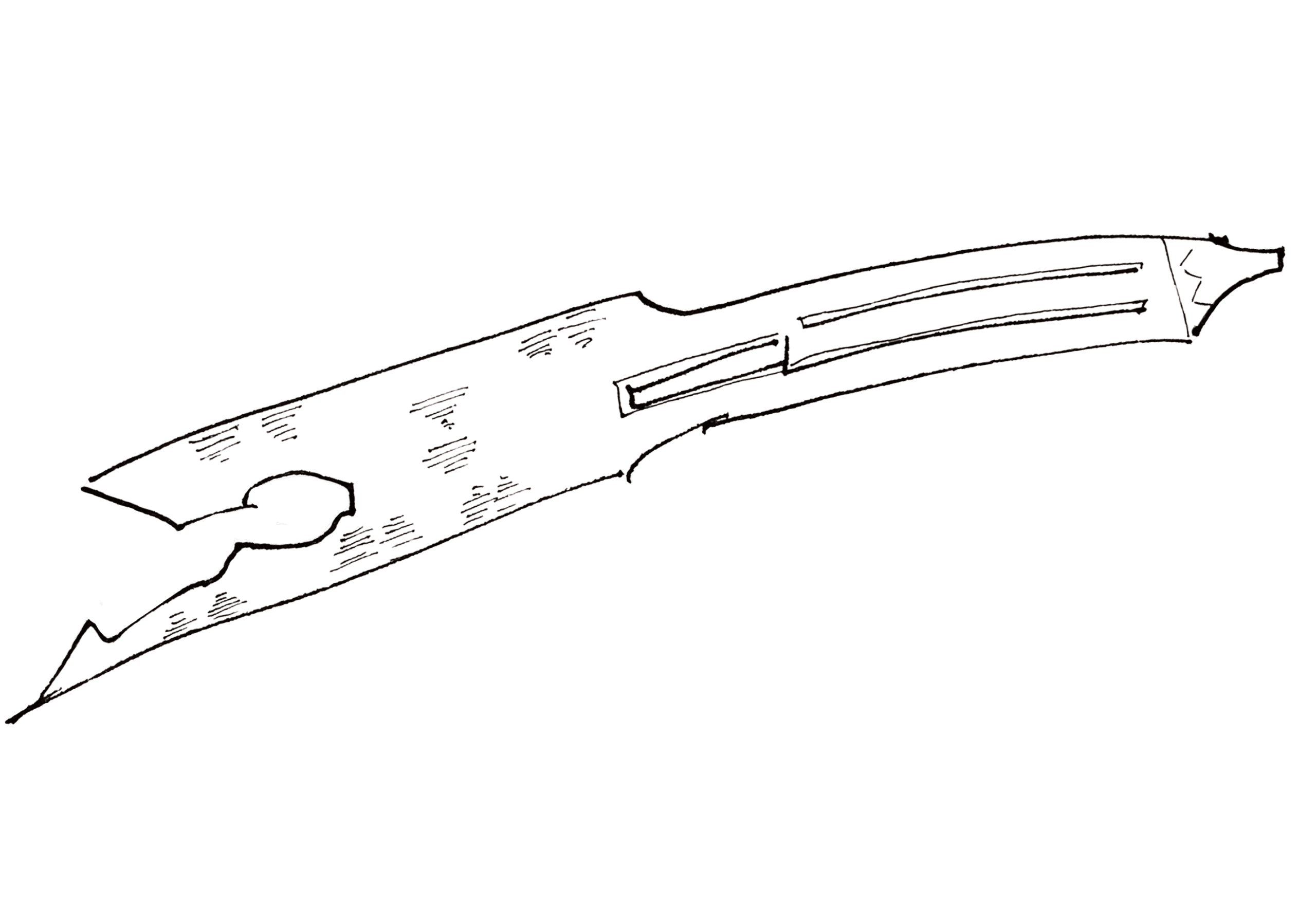
Kubing is a small, truly unique musical instrument. The elongated bamboo jaw harp produces a distinct sound controlled by the force of air blown through the split opening by the user as they flex and release the prong on the righthand side.
bunkaka or bungkaka (boong-cah-cah) – bamboo buzzer
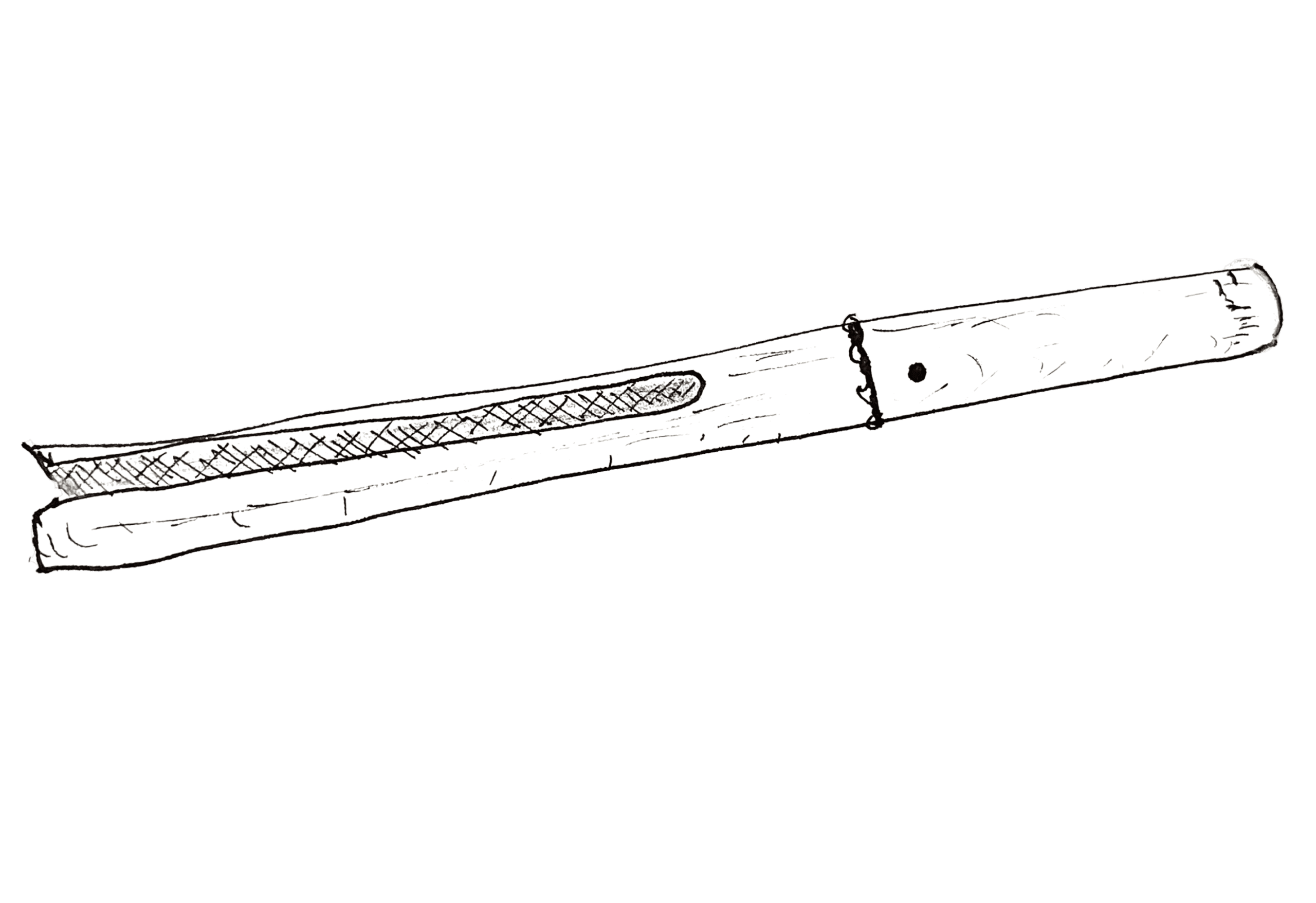
Among the Cordillera highlanders, these bamboo buzzers are widespread. They are made from a length of bamboo closed with a node at the bottom, with its top half shaped so that two tongues face each other. The top half is struck against the palm of the hand.
Original hand-drawn instrument sketches by Alexa Capareda
Maria

Mouse Deer
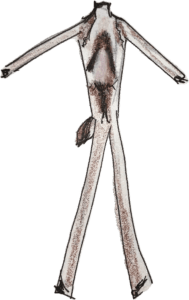
Bird
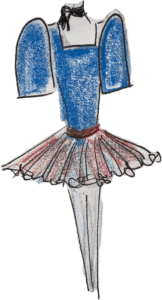
Tarsier
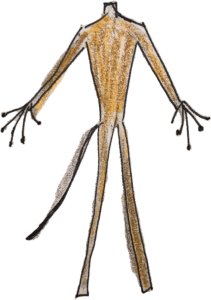
Original hand-drawn costume sketches by Alexa Capareda
Mouse Deer
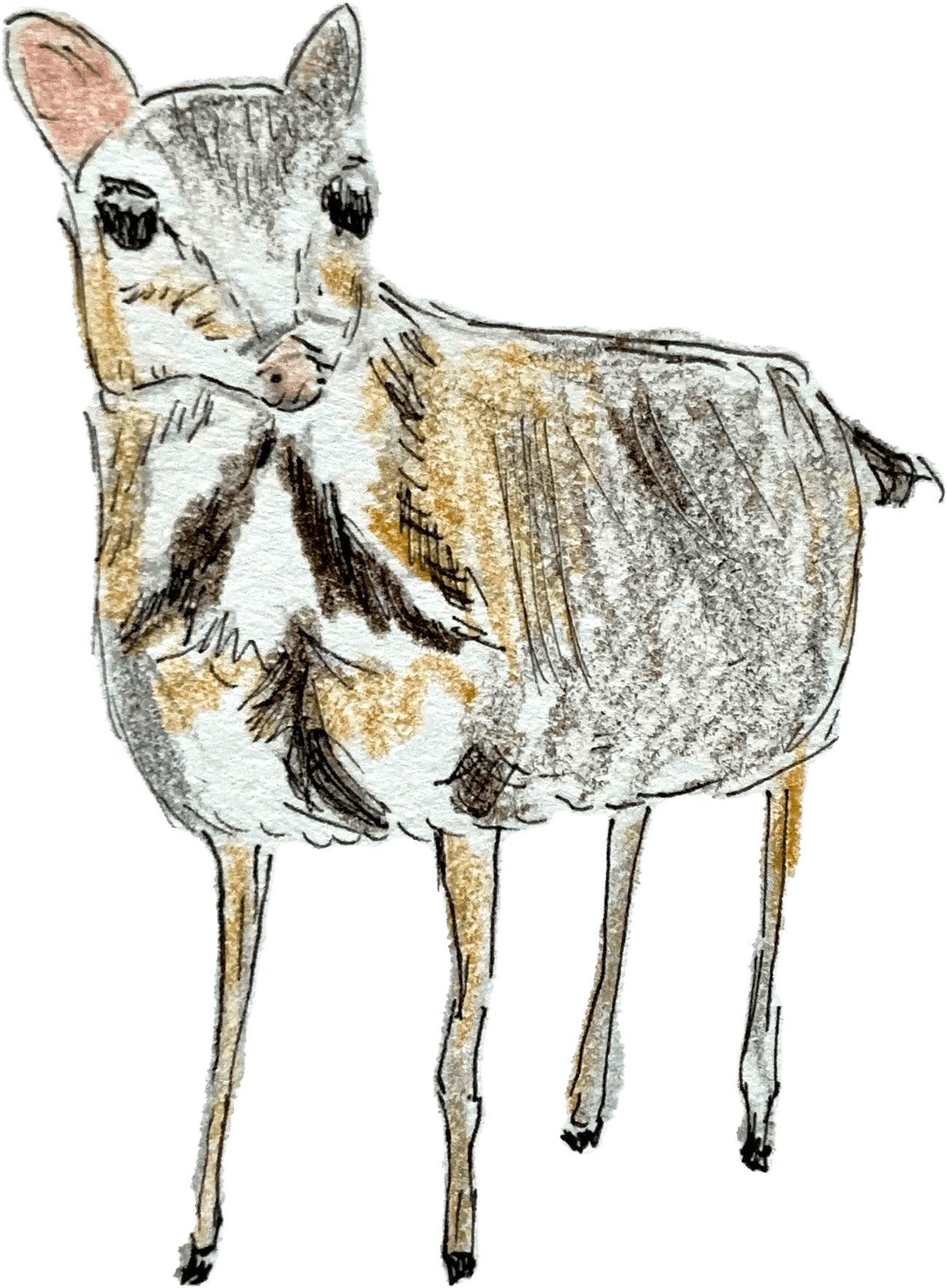
Tarsier
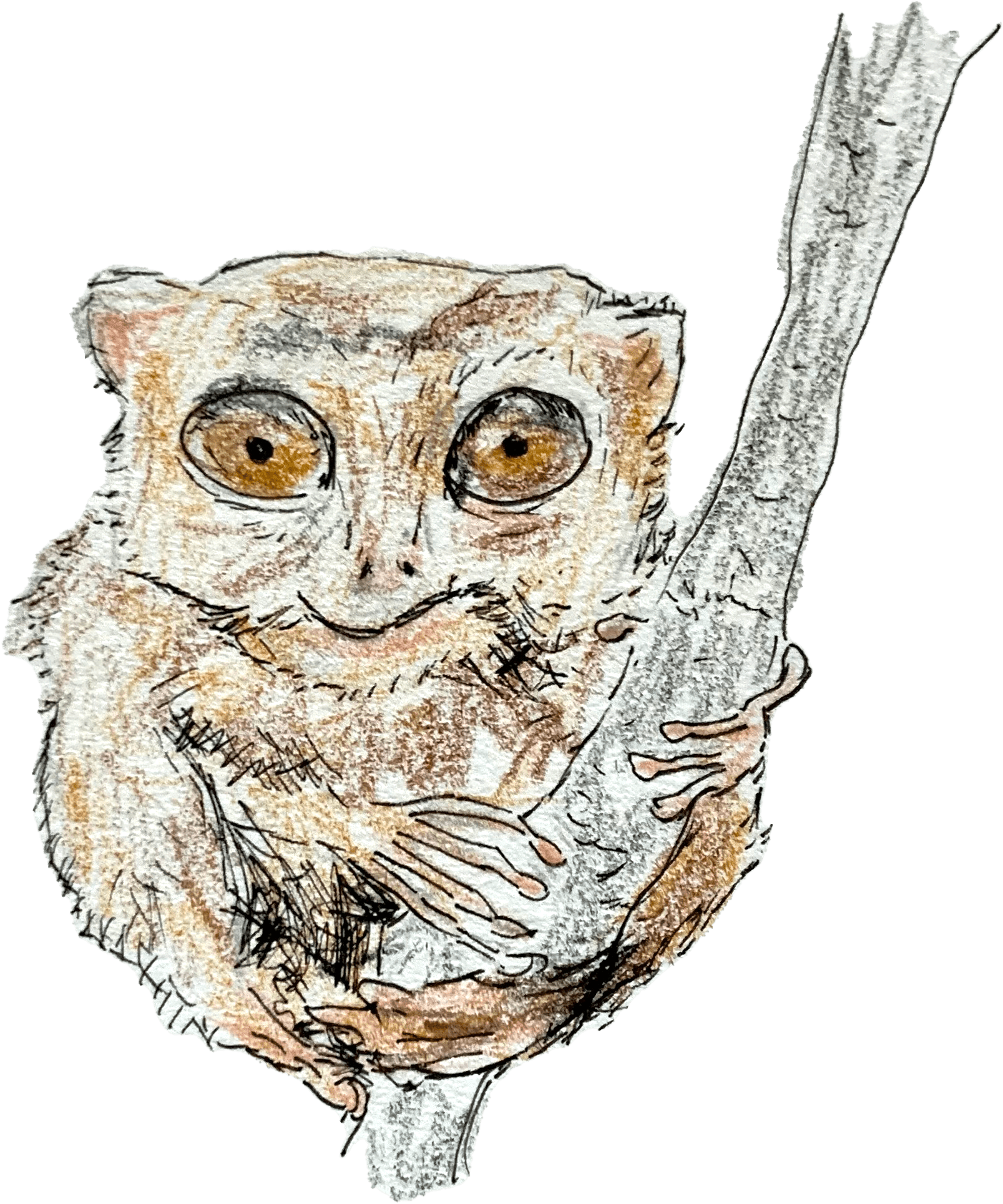
Yellow-Breasted Fruit Dove
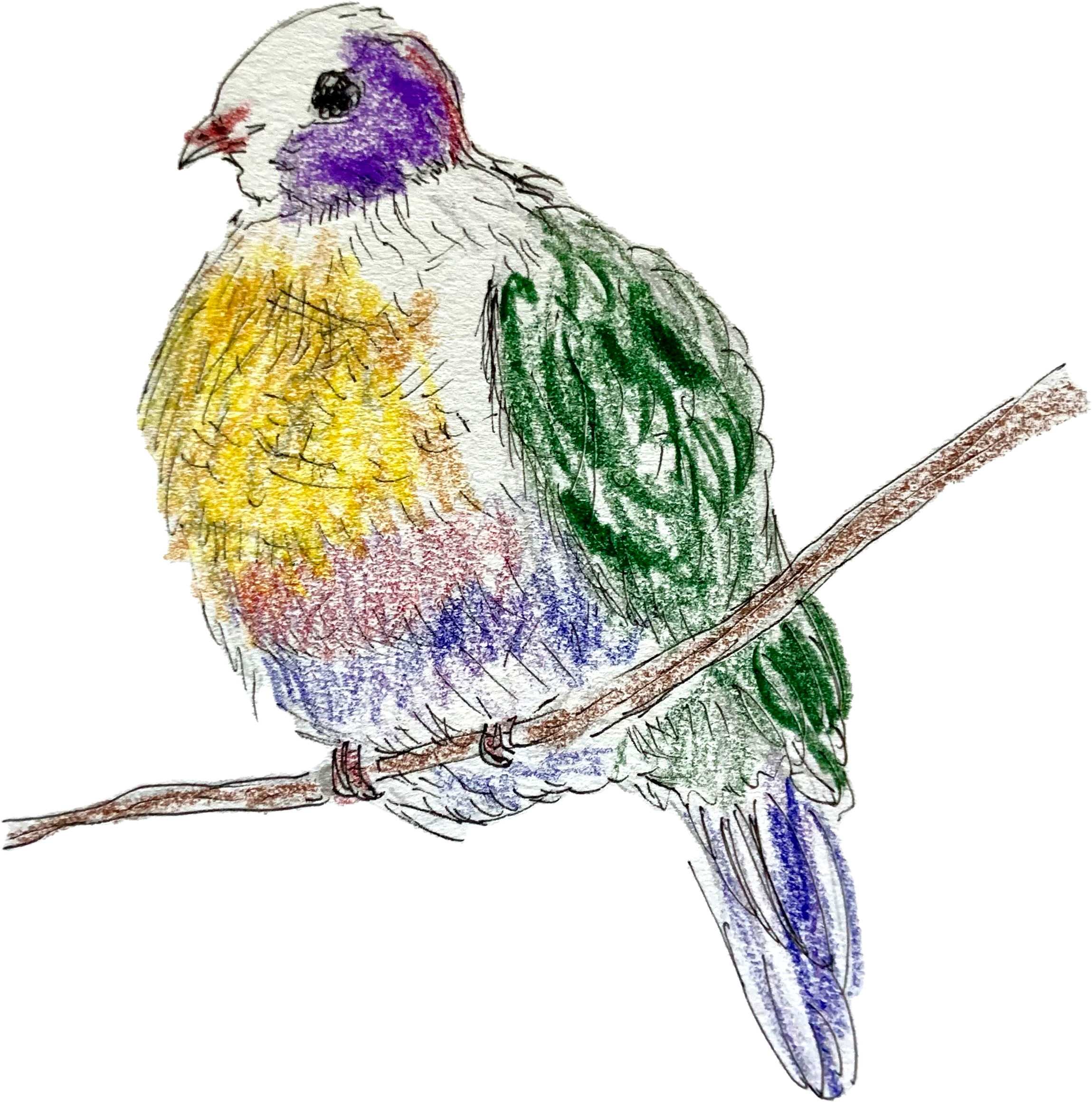
Bleeding Heart Dove
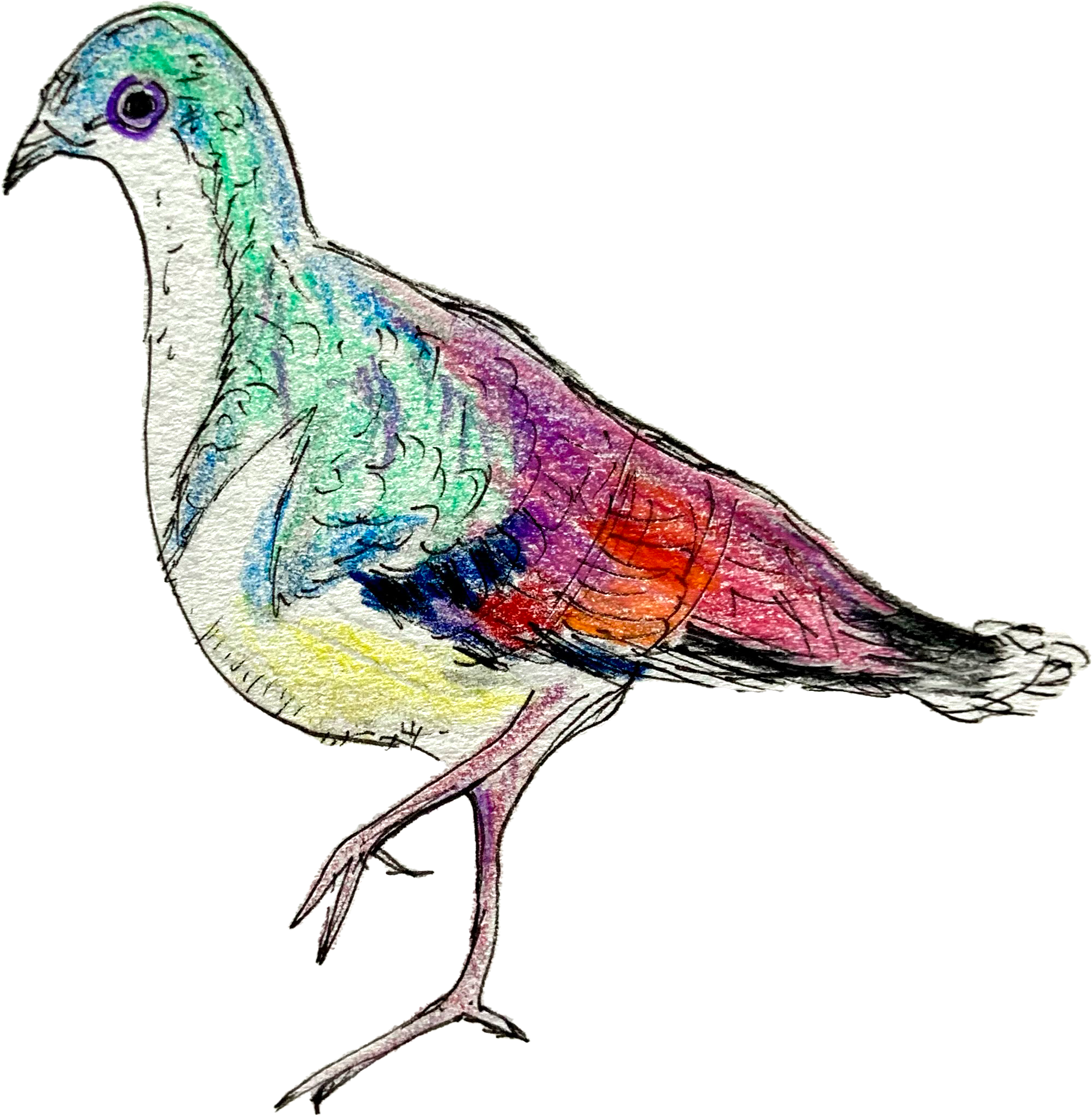
Tamaraw
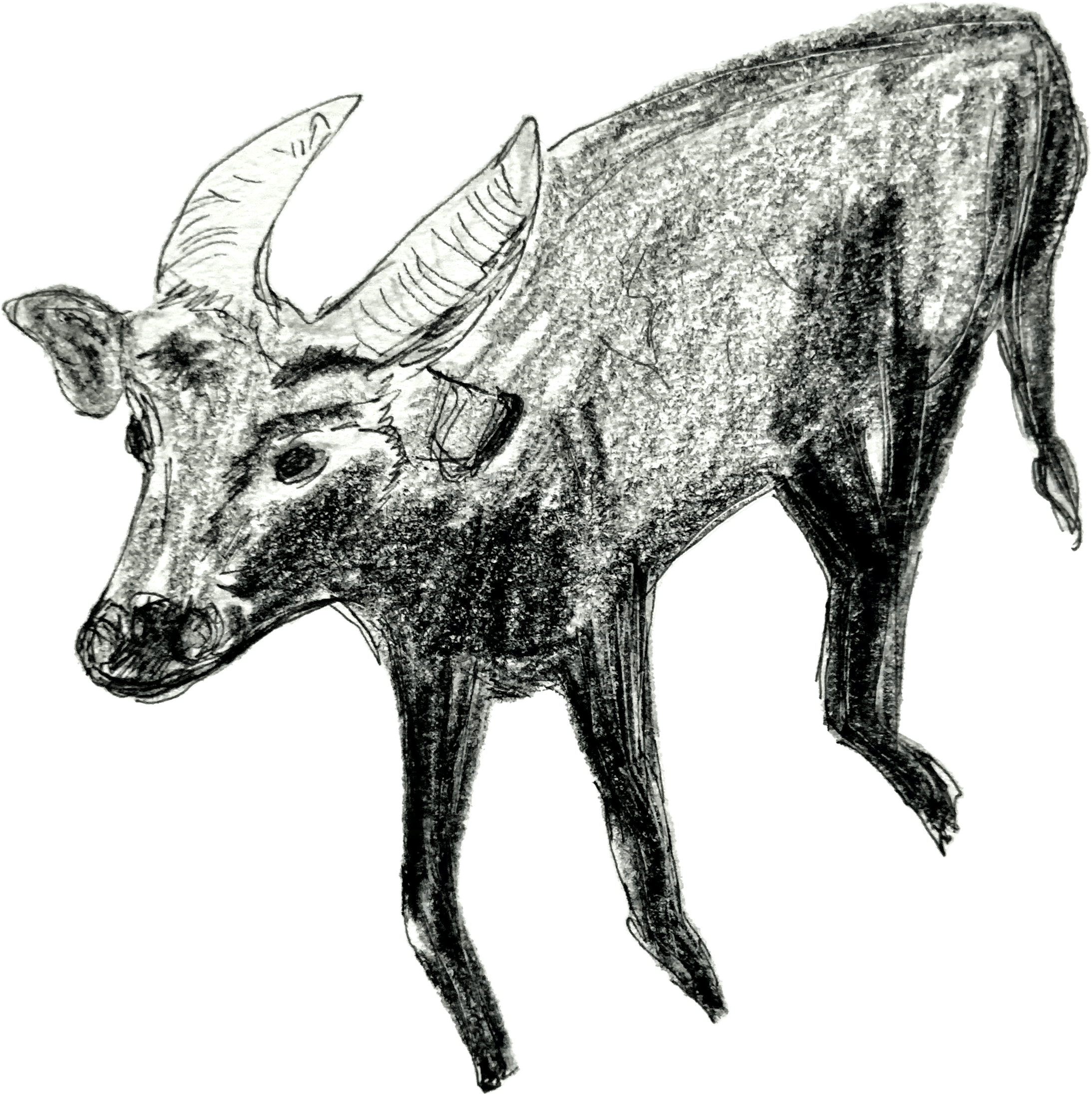
Philippine Eagle-Owl
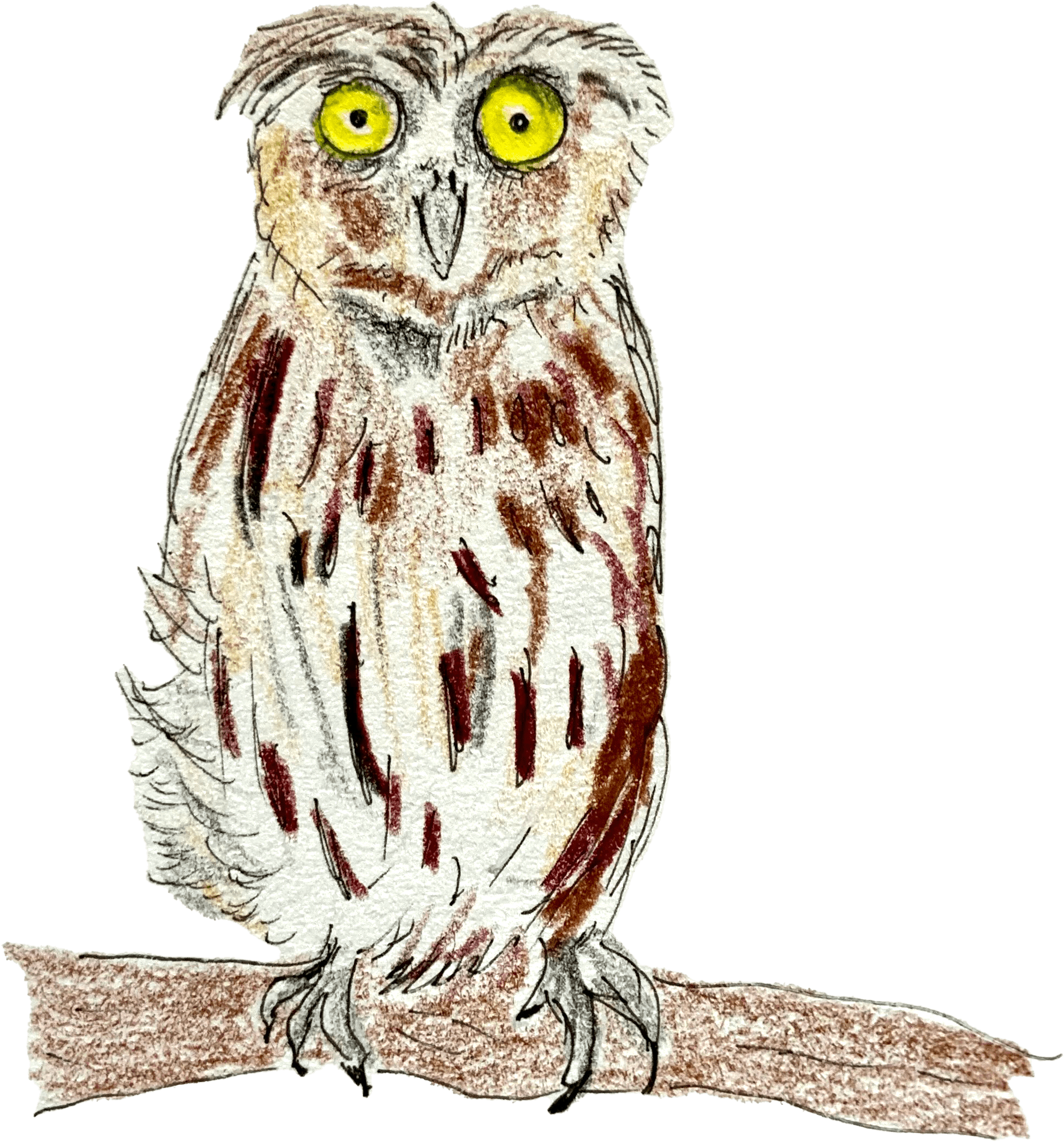
Crocodile
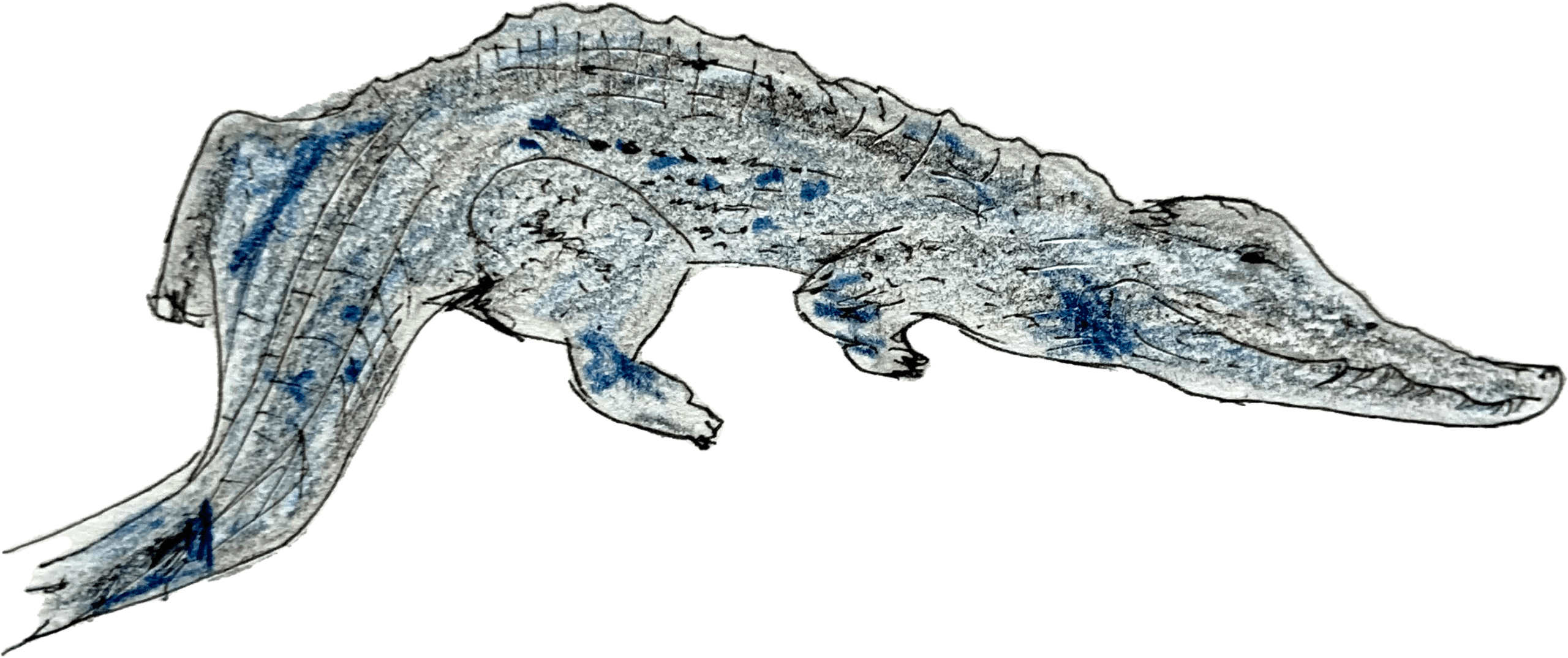
Crocodile Headpiece
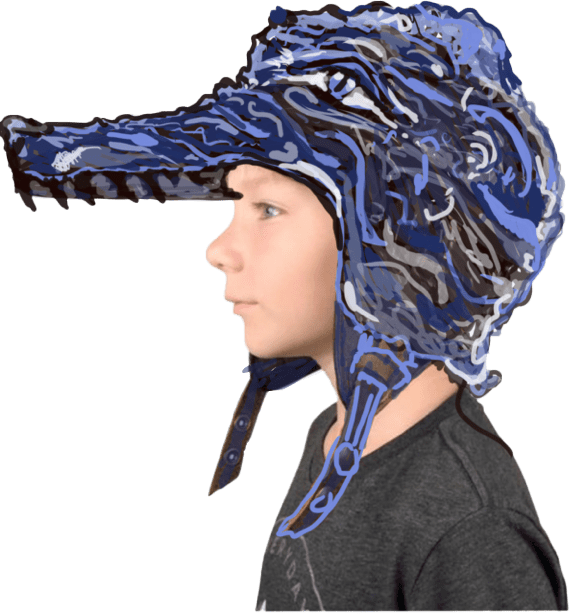
Tarsier Headpiece
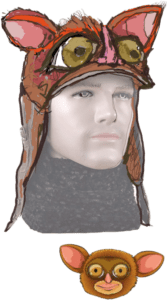
Tamaraw Headpiece
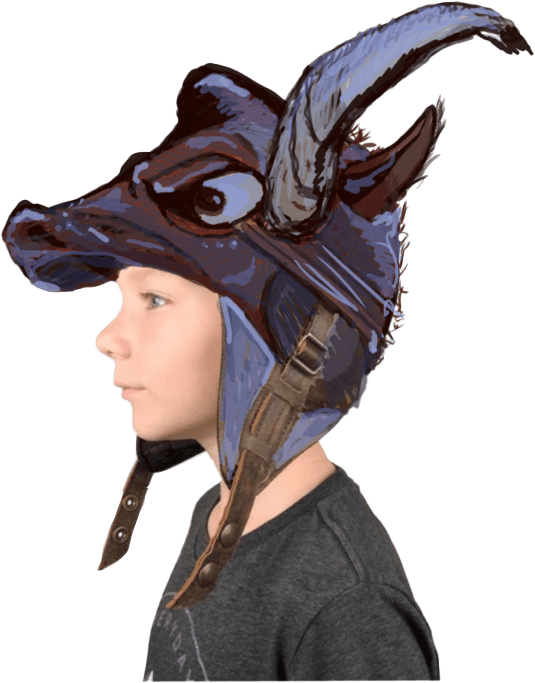
Headpieces inspired by original hand-drawn animal sketches by Alexa Capareda. Headpiece sketches by Benjamin Taylor Ridgway.
Rainbow Eucalyptus Tree
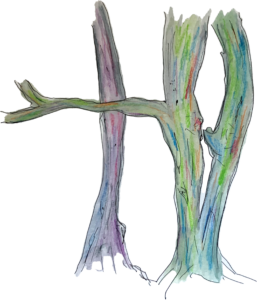
Set design inspired by original hand-drawn sketch by Alexa Capareda
Zoom in and out to move the map around to see where the Philippines is located! Can you find where you live on the map?
The logo for Maria and the Mouse Deer is inspired by the Philippine flag that you can see here!

- Video & Photo Gallery
-
VIDEO GALLERY
PHOTO GALLERY
Photos by Anne Marie Bloodgood
- Production Credits
- The Story
-
Graceful Maria Makiling (mah-kee-ling) is the diwata (dee-wah-tah) or fairy of the forest. She is known to have a good heart – tending to trees, making flowers bloom, and caring for all animals like colorful birds, big-eyed tarsiers (tahr-see-ers), slithering snakes, and nimble mouse deer.
Maria’s work of looking after the forest became harder with loggers, miners, and poachers (those who capture and harm animals) causing much damage. Maria’s animal friends lost their habitats to deforestation (the removal of forests by humans) and became sick from pollution, and the changing climate brought more typhoons and extreme weather events. Pilandok (pee-lahn-dok), the clever mouse deer, notes Maria’s weakening powers and suggests they venture into the town to persuade people to take better care of the environment.
Meanwhile, Juan, the zookeeper’s nephew, cares for his tamaraw (tah-mah-rau; water buffalo). Juan’s uncle assigns him the task of hunting for and bringing back a rare creature, the tarsier, from deep in the forest.
Maria and Pilandok (the mouse deer), accompanied by birds, a tarsier, and a snake, are journeying through the forest when a heavy storm strikes and they become separated.
Also disoriented by the storm, Juan loses track of his tamaraw. Wandering around, he glimpses the tarsier, lost and alone. Remembering his uncle’s orders, Juan sneaks up behind the tarsier and traps it. Flying high overhead, Maria’s bird friends witness this.
Juan’s tamaraw ends up near a riverbank. A crocodile, pinned down by a heavy log, asks the tamaraw to help remove it. Once freed from the log, the hungry crocodile’s instincts take over and he bites the tamaraw’s leg. Luckily, Maria and Pilandok happen upon them. Pilandok tricks the crocodile into letting the tamaraw go and helping them cross the river. They successfully cross the river on the crocodile’s back, but the crocodile threatens to attack them again. Thinking fast, Pilandok offers the crocodile a “special magic belt” (which is really Pilandok and Maria’s friend the snake!). The snake binds the crocodile while Maria and Pilandok take the tamaraw to safety.
The birds fly over and tell Maria and Pilandok that Juan captured their tarsier friend. With the birds leading the way, they find Juan, who is overjoyed to see his tamaraw. Maria asks Juan to release the tarsier, explaining that tarsiers are important to the environment and are becoming endangered. She also tells him of the harm that humans are causing. Realizing his misdeed, Juan frees the tarsier and leads Maria and her animal friends into the town. They convince the townspeople to save natural resources and protect the environment. Maria, at peace, transforms herself into a mountain, a constant reminder for people to care.
- Traditional Philippine Folk Music
-
Maria and the Mouse Deer uses traditional ethnic music from the Philippines. Music is integral to Filipino culture and its many rhythms and sounds help animate the characters in this production. Keep an ear out for these instruments and their sounds.
kulintang (coo-leen-tuhng) – bronze gongs

Also common in other Southeast Asian countries like Indonesia, Malaysia, and Brunei, the kulintang is a traditional Filipino instrument composed of eight bronze gongs sitting in a row, each with different pitches. Each gong is knobbed at the centre and is perched across two cords, allowing them to resonate freely when struck.
kubing (coo-bing) – jaw harp

Kubing is a small, truly unique musical instrument. The elongated bamboo jaw harp produces a distinct sound controlled by the force of air blown through the split opening by the user as they flex and release the prong on the righthand side.
bunkaka or bungkaka (boong-cah-cah) – bamboo buzzer

Among the Cordillera highlanders, these bamboo buzzers are widespread. They are made from a length of bamboo closed with a node at the bottom, with its top half shaped so that two tongues face each other. The top half is struck against the palm of the hand.
Original hand-drawn instrument sketches by Alexa Capareda
- Costume Design
-
Maria

Mouse Deer

Bird

Tarsier

Original hand-drawn costume sketches by Alexa Capareda
- Headpiece Design
-
Mouse Deer

Tarsier

Yellow-Breasted Fruit Dove

Bleeding Heart Dove

Tamaraw

Philippine Eagle-Owl

Crocodile

Crocodile Headpiece

Tarsier Headpiece

Tamaraw Headpiece

Headpieces inspired by original hand-drawn animal sketches by Alexa Capareda. Headpiece sketches by Benjamin Taylor Ridgway.
- Set Design
-
Rainbow Eucalyptus Tree

Set design inspired by original hand-drawn sketch by Alexa Capareda
- Where in the World is the Philippines
-
Zoom in and out to move the map around to see where the Philippines is located! Can you find where you live on the map?
- Philippine Flag
-
The logo for Maria and the Mouse Deer is inspired by the Philippine flag that you can see here!

Still to Come in 2025/26
Learn more about the upcoming shows below.
BECOME A SEASON TICKET HOLDER
5 SHOWS
20% discount
4 SHOWS
20% discount
3 SHOWS
15% discount
2 SHOWS
10% discount
*Additional ticket discounts are based on your package: 10% for 2-show packages, 15% for 3-show, and 20% for 4- or 5-show packages.


